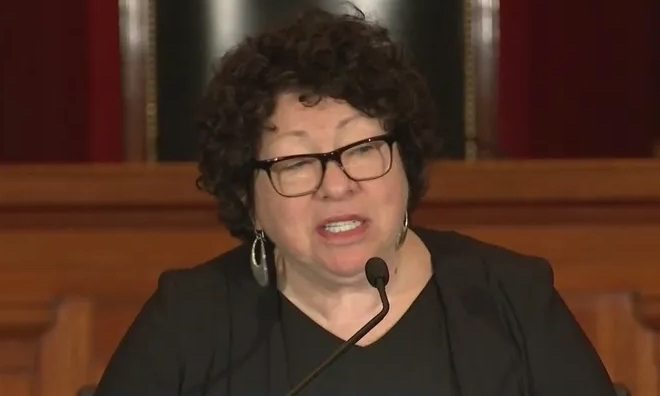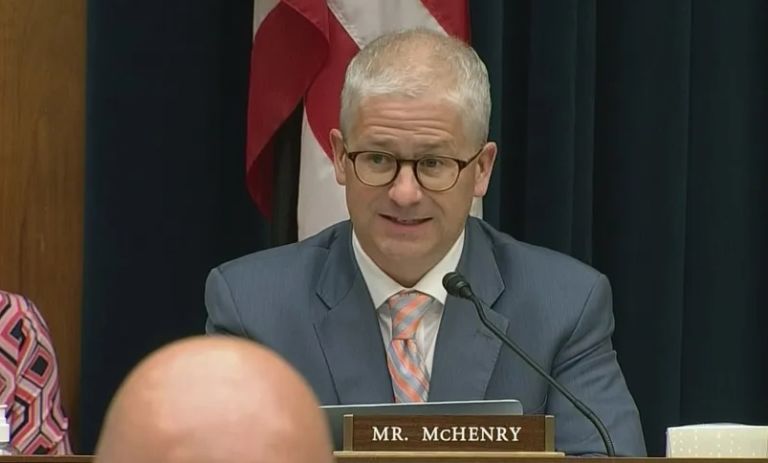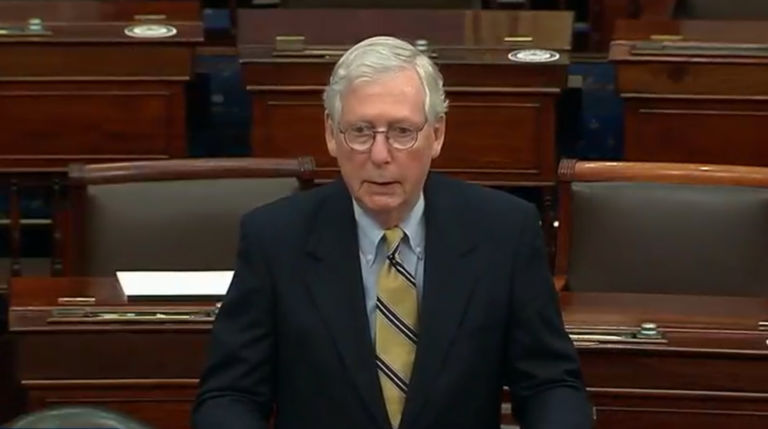Randall Forsyth of Barron’s highlights the long-term funding problem plaguing public pension systems.
State and local pensions have $8.8 trillion of liabilities, of which only 52% is funded after a decadelong bull market. Falling interest rates have been a major propellant of higher asset prices, but also have lowered pension funds’ income.
Standard & Poor’s says the median assumed return of state retirement funds is 7.25%. But according to Wilshire Trust Universe Comparison Service, the median public defined-pension plan’s return was 6.79% as of June 30, down from 8.40% a year earlier. Remember, these are bull-market results, and backward-looking.
Looking ahead, getting close to public pension funds’ return targets will force them into the riskiest assets, according to Moody’s Investors Service. Based on J.P. Morgan’s capital markets assumptions for the next 10 years, domestic investment-grade corporate bonds are projected to return a little over 4%, while speculative-grade bonds are expected to generate less than 6%. U.S. large-capitalization stocks are forecast to return about 5%, while macro hedge funds are seen returning less than 4%. Private equity and emerging market stocks are forecast to return over 8%, but with correspondingly higher risk.
That assumes a continuation of the bull market that already has marked its 10th birthday. What possibly could go wrong? And when it does, whence would the dough come to fill the hole in state and local pensions that already equals nearly half of their liabilities—especially as all those baby boomers retire and drain the pension systems?


